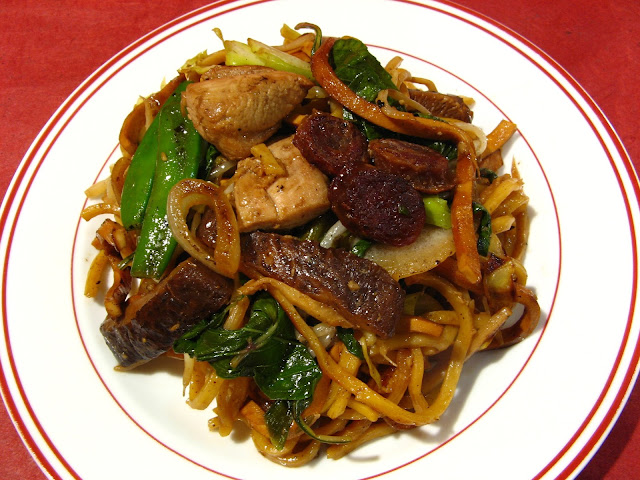Lettuce stems are a cultivar (produced in cultivation by
selective breeding) of lettuce raised for their long fibrous stalks and leaves.
I’ve never seen the leaves being sold and have only ever bought the stems.
Since you need to cut the thick inedible fibrous outer layer of the lettuce
stems in order to eat the tender core, you need to buy lettuce stalks with wide
bases (where the lettuce stem was cut from the plant). Lettuce stems taper as
the stalk approaches where the leaves appear. Since the upper part of the
stalks, where the leaves appear, tend to yield a small amount of edible core,
purchase lettuce stems with the largest percentage of stem towards the base. Fresh
lettuce stem bases (where it was cut from the plant) are the same green color
as the stalk, and oxidize, turning a darker color green to black, as they age,
so try to buy the stems as fresh as possible.
Removing the inedible fibrous outer layer of lettuce stems
requires a good sharp knife. A peeler will not work on lettuce stems since the
outer layer is quite thick. The outer layer is removed
and the edible core exposed once you cannot see the long longitudinal fibers of
the outer layer on the core. Two large stalks were enough for this recipe,
so be aware that a good portion of the stalk’s outer layer is removed and
discarded. Finally, once the inedible fibrous layer is removed, cut the core
into pieces of even thickness and stir fry until tender.
Enjoy!



















